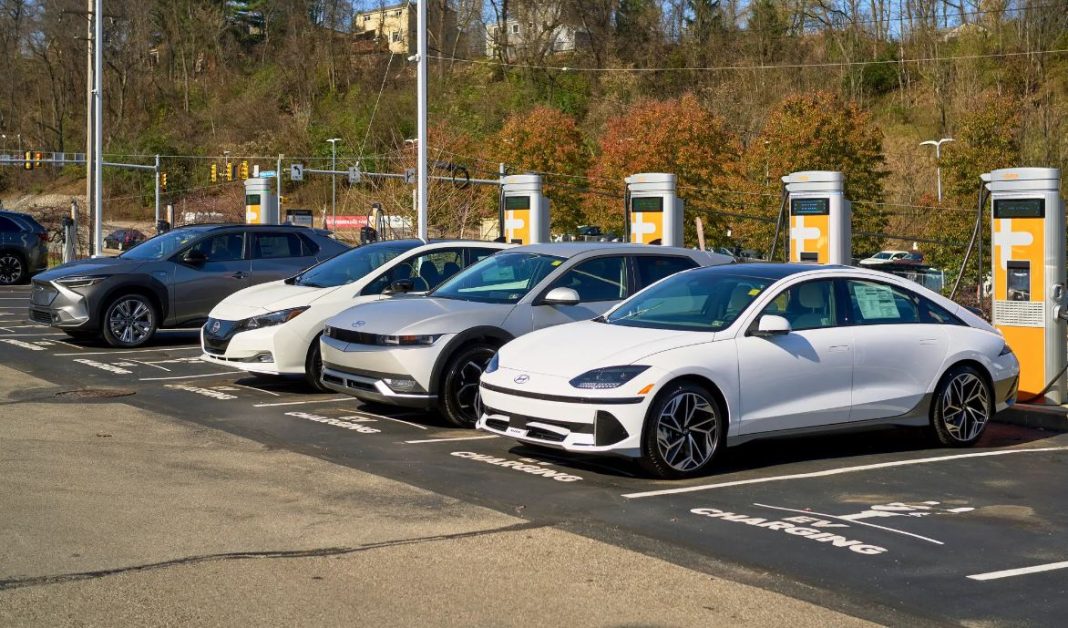The electric vehicle (EV) market in the United States experienced a 50% increase in sales during the third quarter of this year compared to the same period last year. While this growth might be considered significant in other contexts, it was viewed with disappointment in the EV industry. Automakers and analysts had anticipated stronger sales, which led to concerns about weakening demand for EVs and raised questions about the industry’s plans to invest billions of dollars in developing new models and constructing manufacturing facilities.
General Motors, Ford Motor, and Tesla recently cited slower sales and signs of economic decline, leading them to delay their planned investments in EVs. This situation dealt a blow to the Biden administration’s efforts to combat climate change through the promotion of zero-emission vehicles and raised doubts about the effectiveness of federal tax credits for EV buyers.
Despite this, the United States is on track to achieve a record of over one million EV sales this year, representing the fastest-growing segment of the automotive industry. In the third quarter of this year, battery-powered vehicles accounted for 8% of new car sales, up from 6% in the same period the previous year.
However, not all EV models are performing well. Sales of the Ford Mustang Mach-E, which initially commanded high demand and premium prices, saw a 10% decline in October compared to the previous year.
Competition within the EV market has intensified, with carmakers introducing at least 14 new all-electric models in the past year and increasing production of existing models that were previously in short supply. The increased supply has led to lower prices, making EVs more accessible to consumers.
Ford’s mixed sales figures illustrate the EV market’s complexity. While sales of the Mach-E grew by only 1.5% in the first ten months of the year, sales of the F-150 Lightning, a battery-powered pickup truck, surged by 43%. Overall, Ford’s EV sales increased by 13% during the same period, outperforming sales of traditional internal combustion engine vehicles.
EV affordability remains a concern for many potential buyers. The average price of an EV in the United States dropped from $65,000 to under $51,000 over the past year. While this price reduction is significant, it is still out of reach for many middle-class consumers, especially as higher interest rates have made monthly car payments more expensive. The average car loan rate has risen to over 8%, compared to less than 5% in early 2022.
The availability and accessibility of charging infrastructure is another significant factor influencing EV adoption. Many consumers are hesitant to purchase an EV due to concerns about charging station availability, particularly during road trips or for those living in apartment complexes without home charging capabilities.
As the EV market matures and mainstream consumers consider EVs, carmakers are adapting to meet consumer preferences and expectations. Charging infrastructure improvements are gradually addressing range anxiety, as some automakers are expanding their charging networks.
The growth and future of the EV market depend on the alignment of industry investments, consumer affordability, and charging infrastructure expansion. The industry is navigating these challenges as it transitions from early adopters to a broader, more diverse consumer base.

